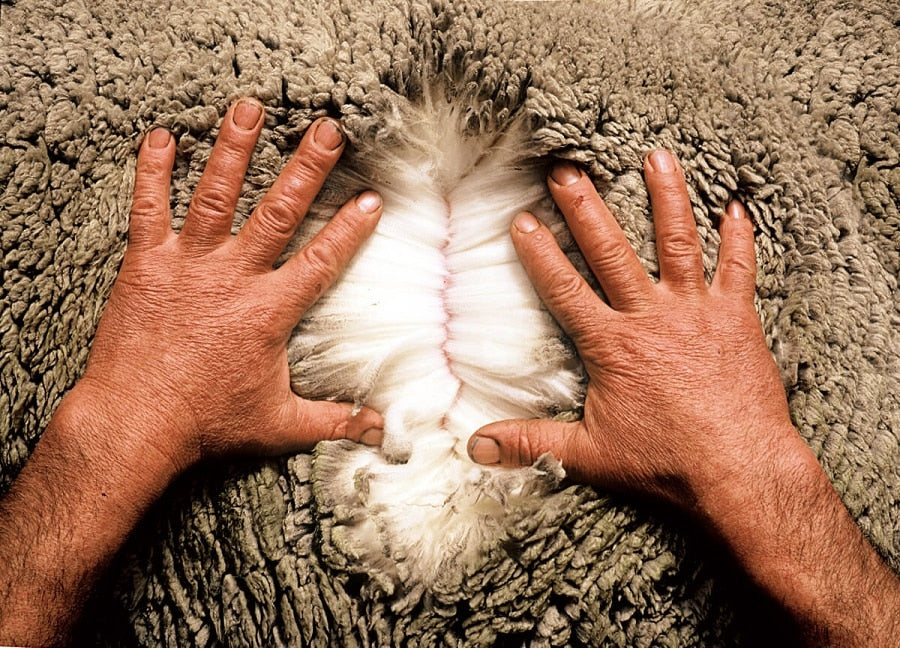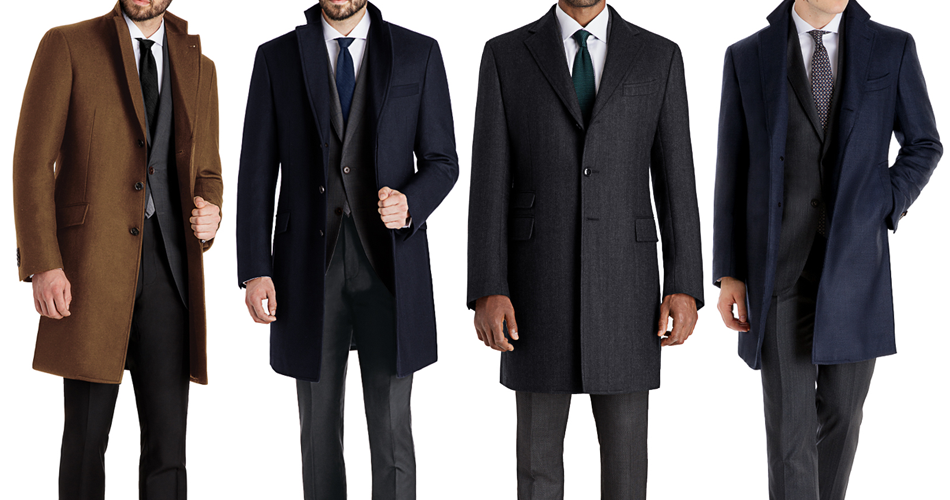Wool is the fiber that grows on the body of a certain animal – sheep, goat, camel, rabbit etc. It replenishes itself each time the animal is sheared and continues to grow throughout its lifetime. It is also the word we usually use when we talk about fabrics that are made out of fleece of these animals. Each type of fleece is different and therefore every wool fabric has its own properties.
Types of wool (most popular)
Sheep’s Wool. It is traditional wool that can be made from any sheep fleece.
Merino Wool. Merino wool is taken from a Merino Sheep and has fine, soft appearance of the fabric. It is quite expensive. The distinction from other types of wool is its resistance to pilling.
Mohair Wool. Mohair is taken from Angora goat. It is not very soft and many people find it a very itchy fabric to wear directly next to the skin.
Angora Wool. Angora wool is made of an Angora rabbit hair. Its main quality is its fluffy surface texture and its soft touch. It is expensive, as it comes from a specific breed of rabbit. To improve fabric stability Angora is often blended with Nylon.
Cashmere Wool. Cashmere is soft and luxurious fabric. The fibers that are used to make cashmere come from specific areas of the fleece of a cashmere goat, and that is why it is so expensive.
Alpaca Wool is made from the hair of Peruvian alpacas, but it also also can come from similar fibers of mohair, Icelandic sheep or even high-quality English wool. Alpaca fleece is a lustrous, silky, soft and therefore luxurious natural fiber. It is warmer than usual wool, not prickly, and bears no lanolin, and therefore – hypoallergenic.
The common benefits of wool fabrics are those – they are natural, warm, easy taken care of, and they breathe.
Wool qualities
Wool fiber is resilient and elastic. It can be bent more than 20,000 times without danger of breaking or any damage. Because of a complex cellular structure it can absorb moisture vapor, but repel liquid. There is no synthetic fiber that could combine all of these characteristics.
Wool absorbs dyes deeply and directly without any use of chemicals. Because of this, wool can be dyed in beautiful, rich colors.
Wool is an absorbent fiber and therefore is comfortable to wear in both warm and cool climates. When the air is warm, wool takes up perspiration and keeps a layer of dry insulating air next to the skin. When the air is cold and damp, wool absorbs moisture and keeps a layer of dry insulating air next to the skin. This makes the body’s natural warming and cooling system work better.
Wool products are a great investment. Since wool fibers resist piling, snagging, and breaking, wool items typically outlast synthetic ones.
Unlike many artificial fibers wool naturally resists flaming. Wool does not melt and stick to the skin when on fire (like other fabrics) but usually smolders or chars instead of bursting into flame. Although intense fire would burn wool fabric, when the flame source is removed it normally self-extinguishes.
The bottom line is, wool is the ideal fabric for bespoke suits.




I don’t think the title of your article matches the content lol. Just kidding, mainly because I had some doubts after reading the article. https://accounts.binance.com/es/register?ref=S5H7X3LP
Thank you very much for sharing. Your article was very helpful for me to build a paper on gate.io. After reading your article, I think the idea is very good and the creative techniques are also very innovative. However, I have some different opinions, and I will continue to follow your reply.
I may need your help. I tried many ways but couldn’t solve it, but after reading your article, I think you have a way to help me. I’m looking forward for your reply. Thanks.